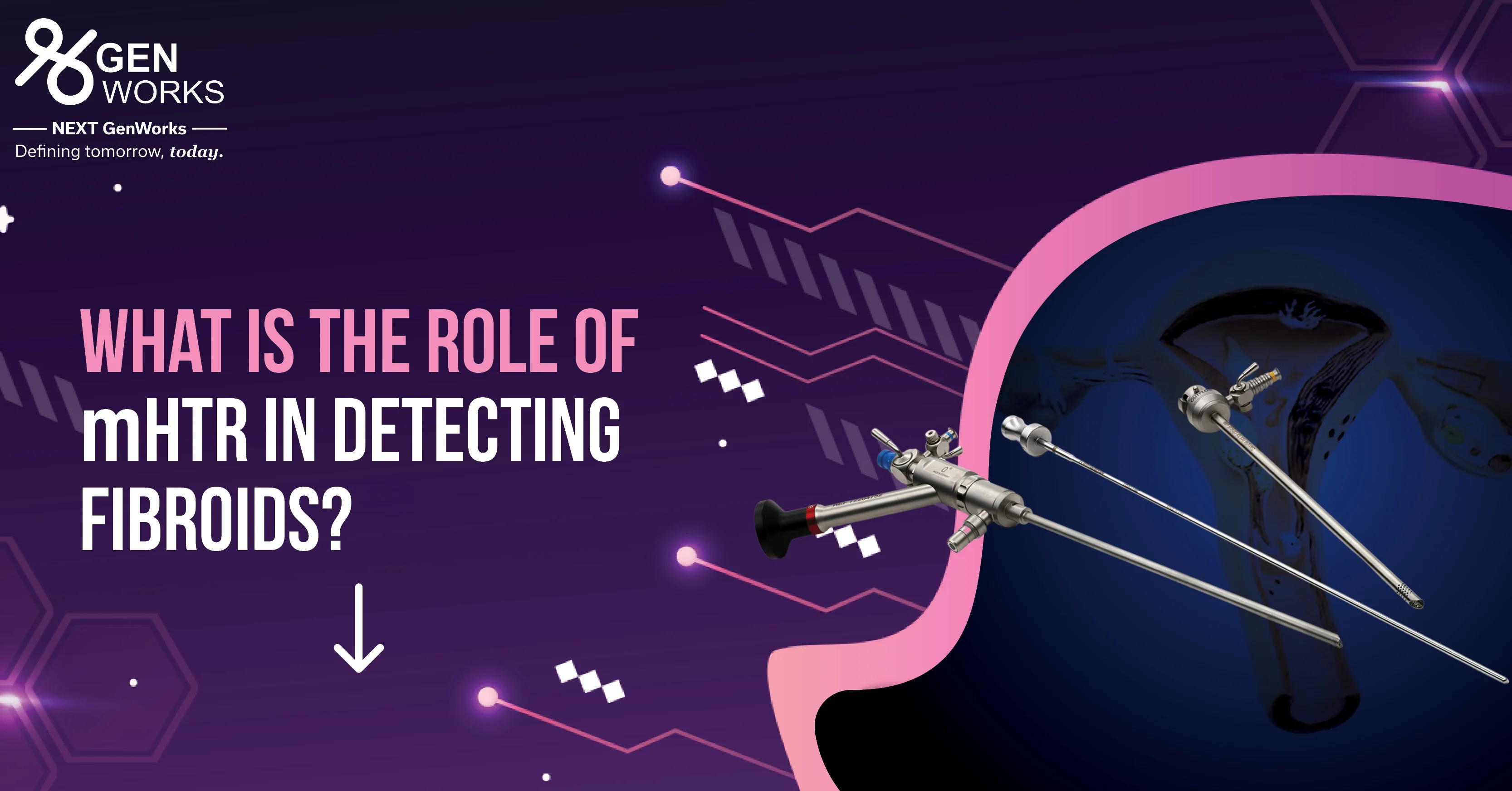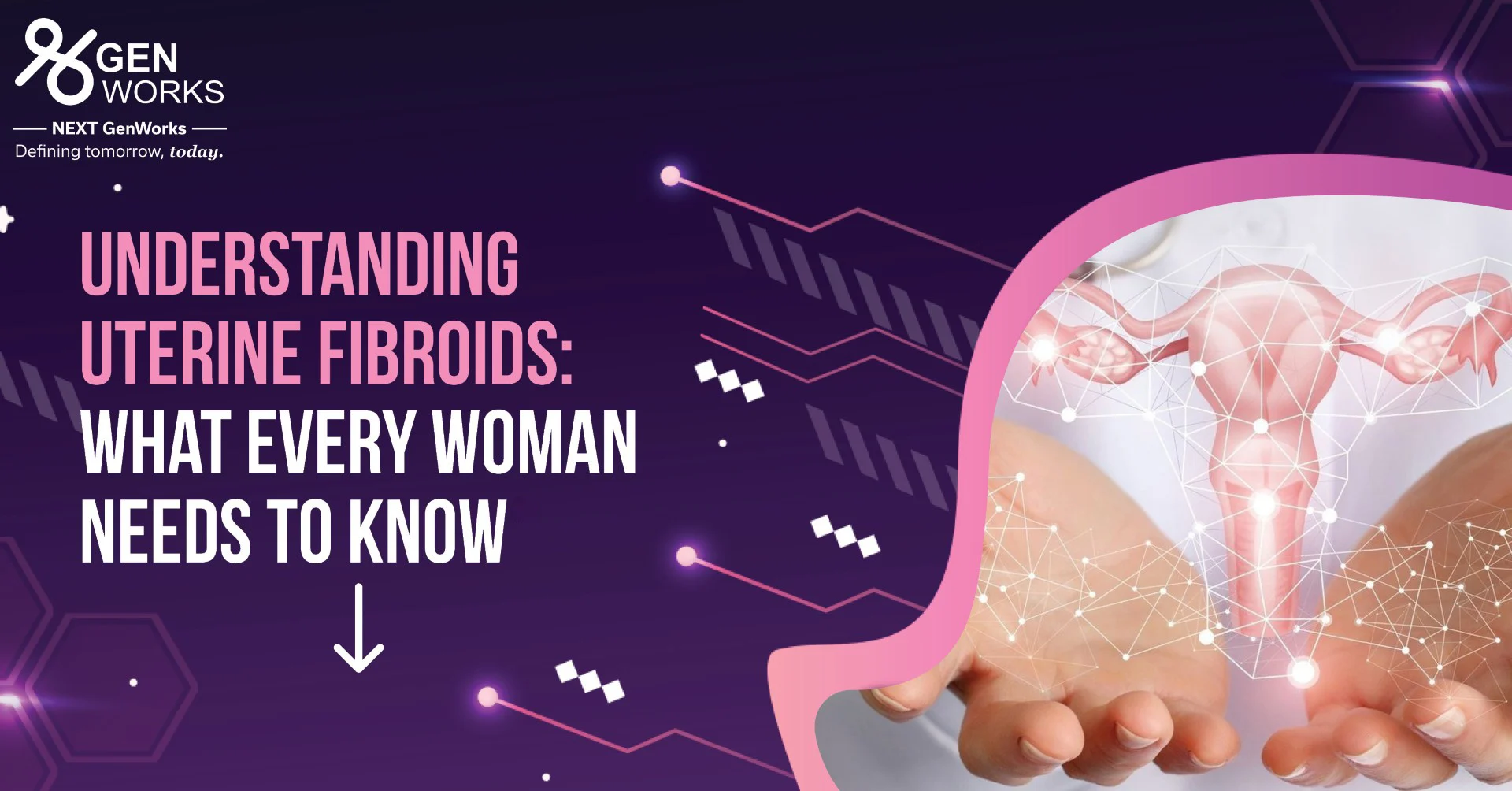Understanding Cervical Health: A Comprehensive Guide
.png)
Cervical health is one of the most crucial aspects of overall well-being in women. It is often overlooked until a health problem arises. Education about the maintenance of cervical health aims to shed light on the intricacies of cervical health including anatomy, screenings, common problems, prevention, and a lot more.
In this blog, we will understand about cervical health in complete detail. Keep reading to know more.
The Cervix:
The cervix is a cylindrical structure connecting the uterus to the vagina and it plays a crucial role in reproductive health. Its primary functions include enabling menstrual flow and facilitating childbirth without any complications.
Understanding the anatomy of Cervix is crucial to appreciate the complexities of cervical health. Women must educate themselves about maintaining optimal cervical health by keeping key aspects in check. For instance, a key aspect is cervical mucus, a fluid that is produced by the Cervix that can vary in consistency throughout the menstrual cycle.
What are Common Cervical Health Problems?
Some of the common cervical health problems that affect women include Cervical Dysplasia, HPV infections, Cervical Cancer, etc. It is important to understand these conditions for early detection and effective management of Cervical health.
Cervical Dysplasia happens as a result of abnormal cell changes in the Cervix often linked with an HPV infection. Regular screenings must be ensured that can aid in identifying dysplasia early allowing for intervention before it ever progresses.
HPV is another pervasive virus that poses a significant risk to cervical health. Vaccination against HPV has proven as an effective method for preventing some strains responsible for Cervical Cancer. It is important to be informed about the Vaccination guidelines, especially for adolescents.
Finally, the severe consequences of persistent HPV infection can be a serious effect. Early signs might also include abnormal bleeding and pelvic pain. Timely screenings and due diligence followed in awareness of symptoms are important for tracking Cervical Cancer.
Importance of Regular Screenings:
Regular screenings play an important role in promoting women’s health by detecting early signs of cervical cancer. Following a strict routine of screenings helps in detecting abnormal cell changes in the Cervix long before they develop into cancerous cells.
Early detection allows for timely intervention and treatment significantly reducing the risk of cervical cancer development. This preventive approach is particularly vital since cervical cancer often progresses slowly offering a window of opportunity for effective medical intervention. In addition, treating precancerous changes is less invasive with few complications compared to managing advanced-stage cancer.
Regular screenings also empower women with information about their cervical health while fostering a proactive approach to well-being. This preventive healthcare measure does not just save lives but also contributes to healthcare cost reduction by reducing the need for extensive cancer treatments. Finally, the importance of regular cervical screenings lies in their potential to prevent and detect cervical cancer at the earliest.
Prevention Strategies Against Cervical Threats:
The prevention of Cervical health problems normally includes a multifaceted approach. While primary intervention includes timely vaccines, promoting safe sexual practices, and educating people on the risks of viruses, secondary interventions may include regular screenings that promote early detection and intervention.
Timely screening focuses on detecting symptomatic patients as early as possible so that the chances of successful treatments can increase. Early screening also improves cervical health outcomes by providing care at the early stages and is therefore an important step for public health strategy in all settings. Advanced medical devices such as EVAPro and ThermoGlide are extremely helpful in timely screenings and treatment.
EVAPro is an advanced next-generation digital colposcope that is lightweight and mobile. It introduces the latest digital innovation in cervical cancer screening upgrading the patient-physician experience. GenWorks promotes the use of EVAPro for sensitizing women about the importance of early screening with outstanding image quality at the right time. The device can document and track the full treatment process and store it on the cloud. It captures high-quality images, and documents and annotates the images with the EVA software, uses embedded telehealth capabilities, and also educates patients with the reports.
On the other hand, ThermoGlide is a complete point-of-care precancer cervical treatment solution used for treating within a single sitting. It is a lightweight, portable, and battery-run device that does not require complex training and can be used by non-OB/GYN physicians and providers who are trained to perform loop electrosurgical excision procedures. Using ThermoGlide allows clinicians to treat lesions that may appear during a cervical examination with minimal side effects. The procedure does not require general anesthetic and the majority of women get through with mild discomfort.
WHO Guidelines For Preventing Cervical Cancer
Boosting public awareness and ensuring access to information and services are key to prevention and control across the life course. WHO recommends the below-mentioned guidelines.
-
Being vaccinated at the age of 9-14 years of age is an effective way to prevent HPV infection, cervical cancer and other HPV related cancers.
-
Screening from the age of 30 (25 years in women living with HIV) can detect cervical disease which when treated also prevents cervical cancer.
-
At any age with symptoms or concerns, early detection followed by prompt quality treatment can cure cervical cancer.
Role of Pap Smears:
Consistent pap smears can function as frontline defenders against all cervical abnormalities. These screenings are recommended for women and they involve collecting cells from the Cervic for detailed analysis. The frequency and age for these screenings may vary but they can typically commence in the early twenties.
In recent years, HPV testing has become one of the most important cervical health assessments. Human Papillomavirus (HPV) is a common sexually transmitted infection linked to cervical cancer. The combination of Pap smears with HPV testing improves the accuracy of early detection and empowers proactive healthcare.
How Does Your Lifestyle Play a Role in Promoting Cervical Health?
Lifestyle choices can impact cervical health significantly. Women must focus on consuming a balanced diet, working out regularly, and avoiding any tobacco products that can be used to promote overall well-being. In addition, maintaining a healthy body weight and a diet that is rich in antioxidants is also helpful in reducing the risk of cervical problems.
Prolonged stress also affects an individual’s ability to guard their immune system increasing the susceptibility of the body to illnesses. Engaging in stress reduction by practicing yoga, meditation, and deep breathing exercises can be helpful.
Nurturing Cervical Health During Pregnancy
It is also important to note that pregnancy brings about natural changes to the Cervix. As the human body prepares for childbirth, the cervix changes its position, consistency, and dilation. Prenatal care must be offered including regular cervical assessments that can ensure a healthy pregnancy and delivery.
Conclusion:
It is necessary to understand Cervical health to empower human beings to take charge of their well-being. With regular checkups, screenings, and the adoption of a healthy lifestyle, the collective contribution can be a resilient cervix.
The comprehensive guide given above aims to a blueprint for women to navigate through the intricacies of Cervical health fostering a proactive approach toward building a healthier future.




